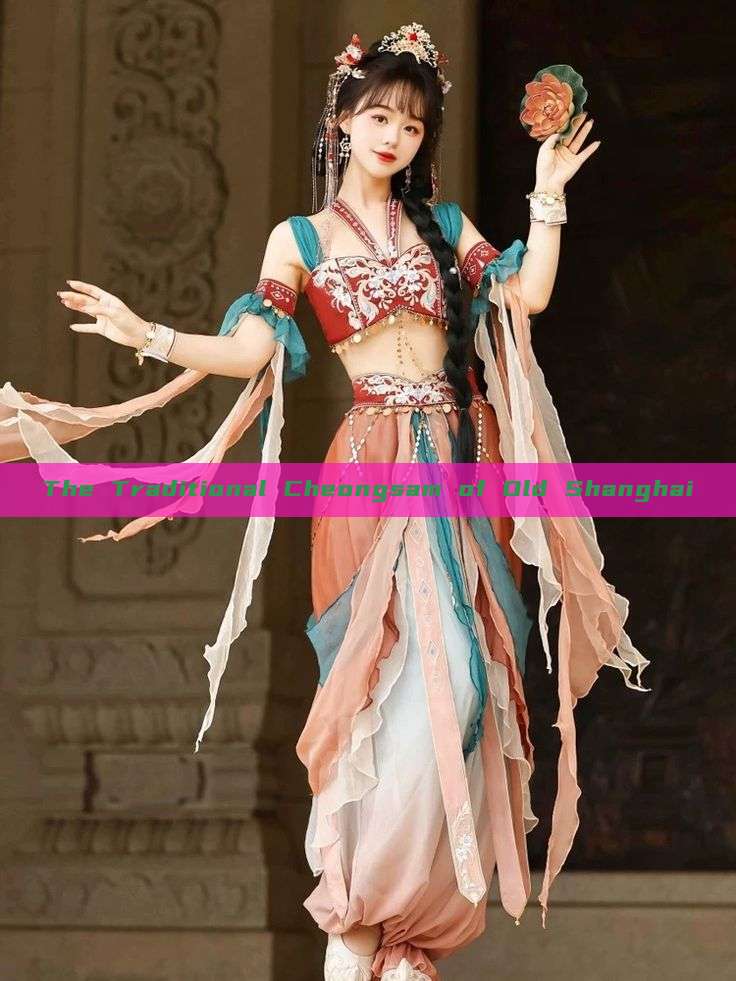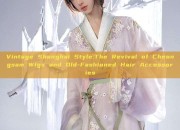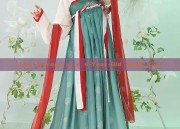The Traditional Cheongsam of Old Shanghai
In the heart of Shanghai, a city that never sleeps, there is a legacy that dances through the streets and whispers through the ages - the Cheongsam. This traditional Chinese garment, a symbol of elegance and grace, has a story that dates back to the Old Shanghai days.

The cheongsam, often referred to as a "Qipao" in Chinese, is a traditional long robe that wraps around the body in a graceful manner. Its origins can be traced back to the late 19th century, when Shanghai was at the forefront of cultural and fashion trends in China. It was during this period that the cheongsam underwent several transformations, blending traditional Chinese aesthetics with modern Western influences.
In old Shanghai, the cheongsam was not just a garment; it was an identity, a status symbol, and a way of expressing oneself. Women of all ages, from the affluent society ladies to the ordinary housewives, wore cheongsam with pride. It was considered a symbol of feminine beauty and grace, highlighting the wearer's curves in a subtle and elegant manner.
The cheongsam's design was intricate and meticulous, reflecting the skilled craftsmanship of Chinese tailors. The robe was usually made of silk or other luxurious materials, and the patterns and designs were often inspired by nature or traditional Chinese themes. The cheongsam's cut emphasized the natural curves of the body, creating a harmonious balance between elegance and comfort.
In old Shanghai, cheongsam-wearers were often accompanied by their own personal tailor, who would customize the garment according to their preferences and body shape. Each cheongsam was unique and tailored to fit its wearer like a second skin. The intricate details and patterns were often passed down through generations, creating a legacy that was both personal and cultural.
As time passed, Shanghai's cheongsam evolved to adapt to changing fashion trends and social norms. However, its essence remained the same - a graceful robe that highlighted the beauty of women. Even today, the cheongsam continues to be a popular choice for special occasions and traditional events in China. It has also gained recognition worldwide, becoming a symbol of Chinese culture and fashion.
Looking back at the history of the cheongsam in old Shanghai, we see a garment that not only reflects fashion but also embodies the essence of Chinese culture and tradition. It is a legacy that has survived for generations, passing through time to inspire and enchant people across the globe.
The cheongsam's story is not just about fashion; it's about a culture, a history, and a way of life. It represents the spirit of Chinese women who have always valued elegance, grace, and beauty. As Shanghai continues to evolve and embrace modernity, the cheongsam remains a testament to its rich cultural heritage and historical legacy.
Today, as we stroll through the streets of Shanghai, we can still see women wearing cheongsam with pride and grace. It is a reminder of the city's rich cultural heritage and its legacy as a city that has always been at the forefront of fashion and culture in China. The cheongsam's story is not just about fashion; it's about a culture that has survived for generations and continues to inspire people across the world.





